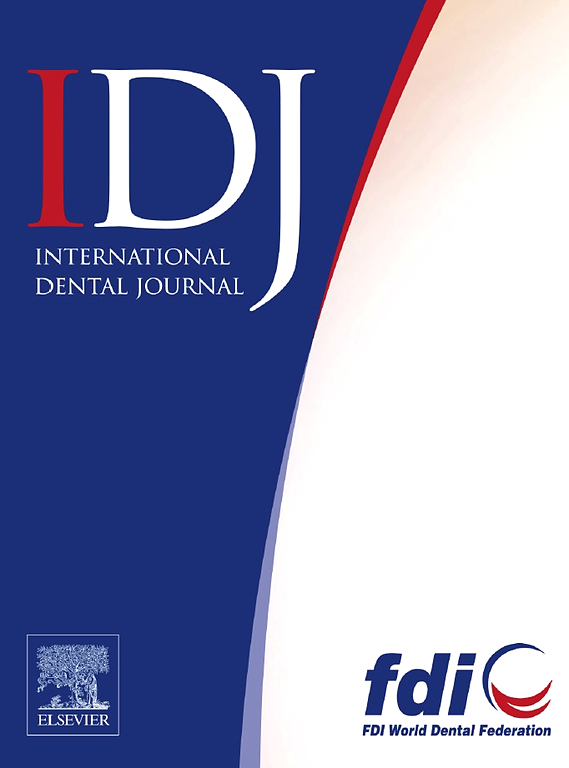Establishment of an Osteoradionecrosis Model and its Mechanism Via Single Ionizing Radiation Exposure
IF 3.2
3区 医学
Q1 DENTISTRY, ORAL SURGERY & MEDICINE
引用次数: 0
Abstract
Introduction and Aims
The aim of this study was to establish a reliable model of osteoradionecrosis of the mandible in New Zealand white rabbits and systematically examine the impacts of different radiation doses on mandibular tissue, as well as to appraise the inducing role of tooth extraction in the pathogenesis of the disease.
Method
In this research, 16 New Zealand white rabbits were randomly allocated to the control group, the 16Gy group, the 18Gy group, and the 20Gy group with a single high-dose radiation. Two weeks after radiotherapy, the teeth were extracted, and the animals were sacrificed four weeks later. Micro CT, scanning electron microscopy, HE staining, Masson staining, TRAP staining, TUNEL staining, and immunohistochemical staining were employed to verify the modelling status and damage mechanism.
Results
Research findings show that, compared to the control group, rabbits exposed to 18Gy and 20Gy radiation doses exhibited significant bone necrosis after tooth extraction. Key observations included extensive bone tissue necrosis, increased osteoclasts (P < .05), reduced vascularization (P < .001), exacerbated fibrosis (P < .001), decreased bone density, disrupted trabecular structure, and damaged bone surface microstructure. In contrast, the 16Gy group showed some bone damage but did not meet bone necrosis criteria.
Conclusion
This study established an animal model appropriate for inducing ORNJ with a single large dose of radiation.
Clinical Relevance
This work provides a solid experimental basis and a theoretical framework for further studies of ORNJ pathogenesis in particular to explore effective preventive and clinical treatment strategies.
求助全文
约1分钟内获得全文
求助全文
来源期刊

International dental journal
医学-牙科与口腔外科
CiteScore
4.80
自引率
6.10%
发文量
159
审稿时长
63 days
期刊介绍:
The International Dental Journal features peer-reviewed, scientific articles relevant to international oral health issues, as well as practical, informative articles aimed at clinicians.
 求助内容:
求助内容: 应助结果提醒方式:
应助结果提醒方式:


